#Taoism
Text

There are types of heavenly realms inhabited by beings full of strength and energy, endowed with many powers, but somewhat "eccentric". These we call the realms of the Yin Deities, a kind of world of demons, beings endowed with consciousness, intelligence and powers far superior to those of humans. They are the antithesis of the Yang Deities and are just as powerful. They move between universes and live for hundreds of millions of years. They also come down and make their incursions here.
The Yin Deities inhabit a much more powerful world above our own. Powerful, they sometimes fight battles and wars between themselves and against the Yang Deities.
#taoism#daoism#taoist#daoist#demon#demonic#spirituality#mysticism#occult#occultism#left hand path#magick#satanic#satanism#satanist#satan#yao guai#yokai#kuei#esoteric#japonese yokai#chinese culture#chinese folklore#magic
22 notes
·
View notes
Text
I saw a post about this so now I'm curious
New poll with more options if you want there
please consider reblogging for a larger sample size unless you're planning to say something that's anti-theistic
#religion mention#mention of religion#my poll#poll#tumblr poll#religion#theology#judaism#catholiscism#christianity#islam#shintoism#buddhism#hinduism#taoism#sikhism#shinto#jewish#confucianism#caodaism#< i know there's more religions#but these are (to my knowledge) the most popular around the world
8K notes
·
View notes
Text
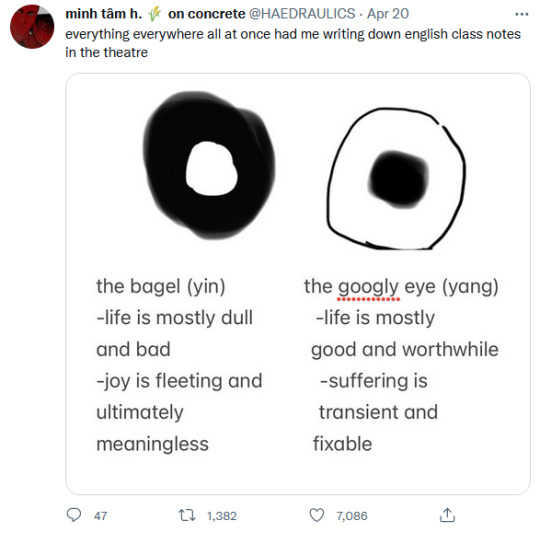
[IMAGE ID: A tweet by “minh tâm h. 🌾 on concrete” @HAEDRAULICS on Apr 20: “everything everywhere all at once had me writing down english class notes in the theatre” with two drawings of sets of two nested circles, one black with a white center, one white with a black center. They are respectively labeled, “the bagel (yin) // -life is mostly dull and bad // -joy is fleeting and ultimately meaningless” and, “the googly eye (yang) // -life is mostly good and worthwhile // suffering is transient and fixable” END ID]
#everything everywhere all at once#eeaao#daniels#@haedraulics#on twitter#daoism#taoism#theology#one only pulls inward one only sees outward neither is alone a complete life
44K notes
·
View notes
Text
nothing matters so i may as well take care of my body, be kind and do what feels good. i may as well pour a cup of tea and tell people they’re wonderful.
#autumn#kindness#taoism#tao of pooh#i love my partner#lgbtqia#neurodivergent#disabled#nothing matters#nothing matters and everything does too
727 notes
·
View notes
Text
If you realize that all things change, there is nothing you will try to hold on to.
-Lao Tzu
#lao tzu#stephen mitchel#quote#peace#calm#stillness#life#wisdom#inner peace#love#happiness#spiritual#tao#taoism#change#tao te ching#psychology#non dualism#nonduality#nondualism
672 notes
·
View notes
Text
[Hanfu · 漢服]Chinese Historical immortal Hanfu Based On Yuan Dynasty Taoist Temple Mural<永乐宫/Yongle Palace>
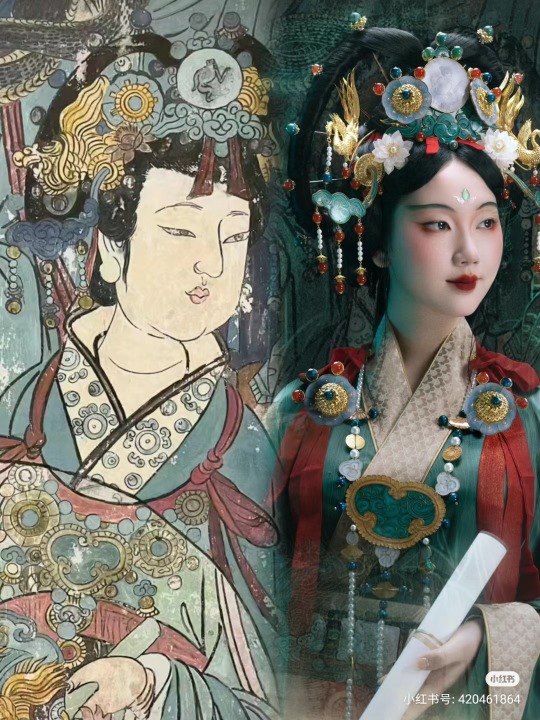
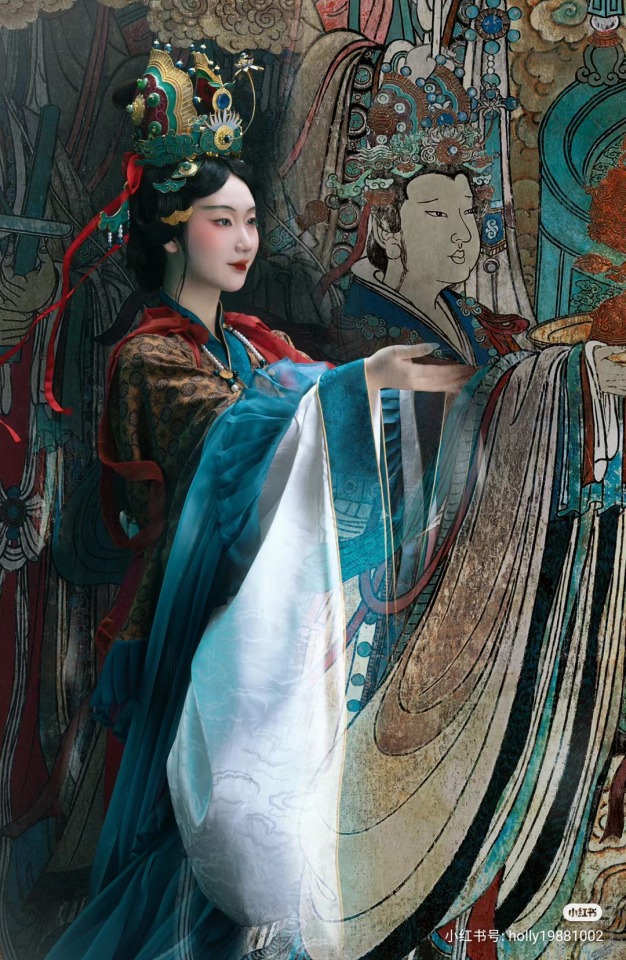
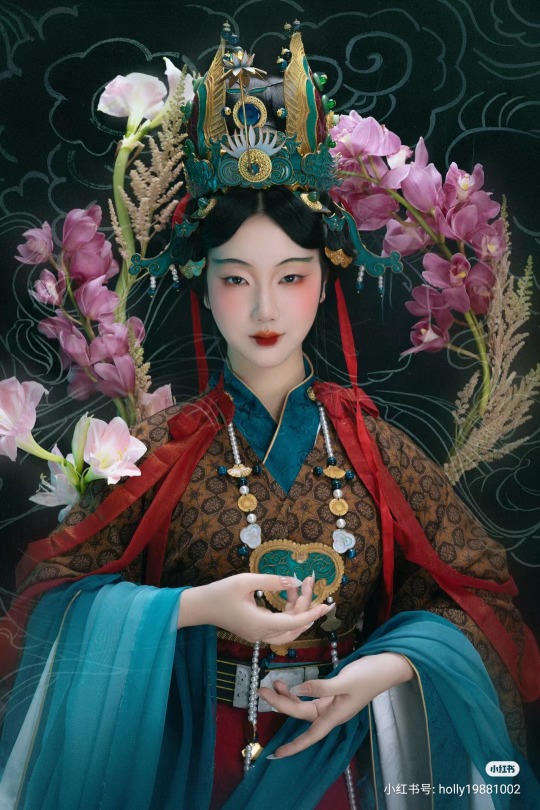

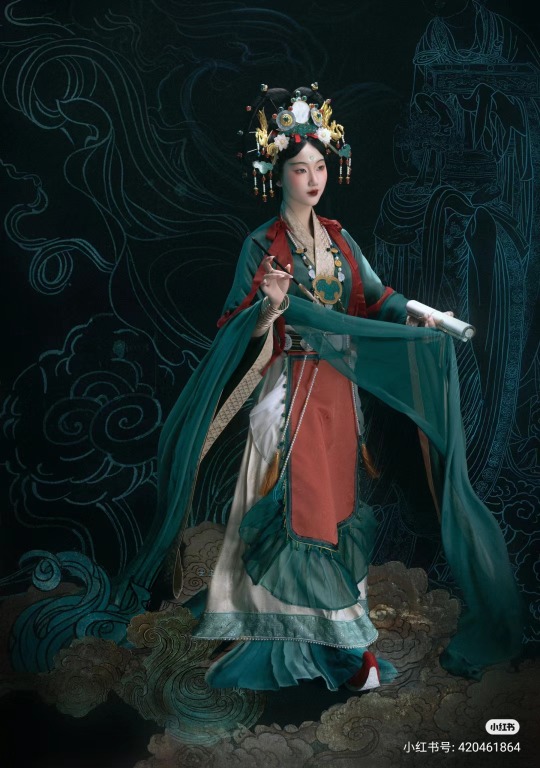



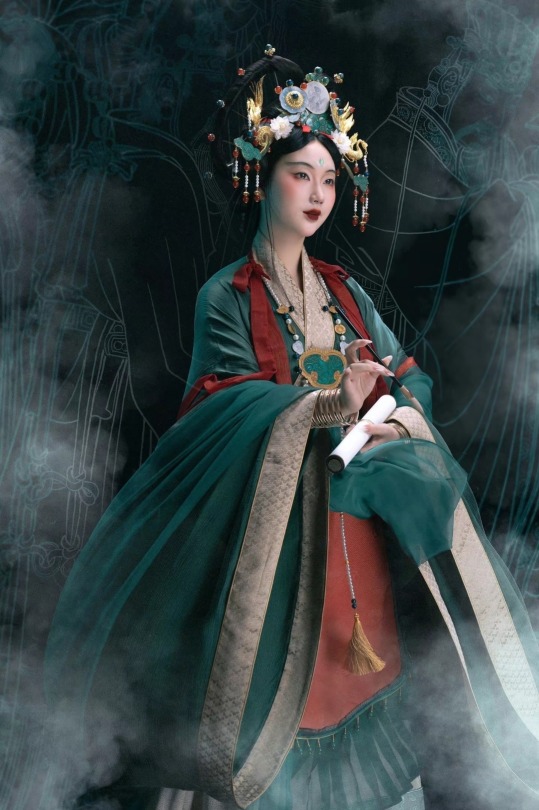





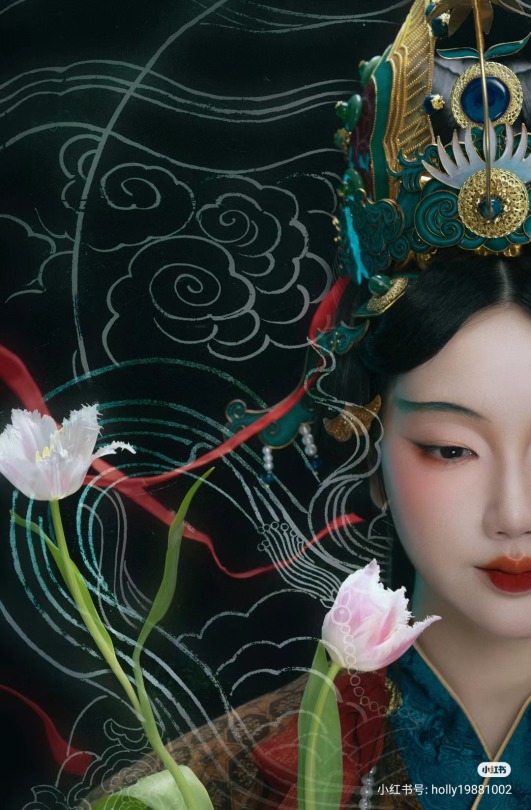


【Historical Artifacts Reference 】:
▶ China Yuan Dynasty Taoist Temple 永乐宫/Yongle Palace Mural
<水星神>:The "Statue of Water Stars God" is located among the gods on the east wall of the north wall of the Sanqing Hall of Yongle Palace. It is one of the five elements of Taoist statues of Water Stars God. According to Taoist norms, Water Stars is a female statue of a scribe wearing an ape crown. It belongs to the monkey god of the zodiac and is used as a written document.

<奉宝玉女>:The immortal attendant who presented the treasure.
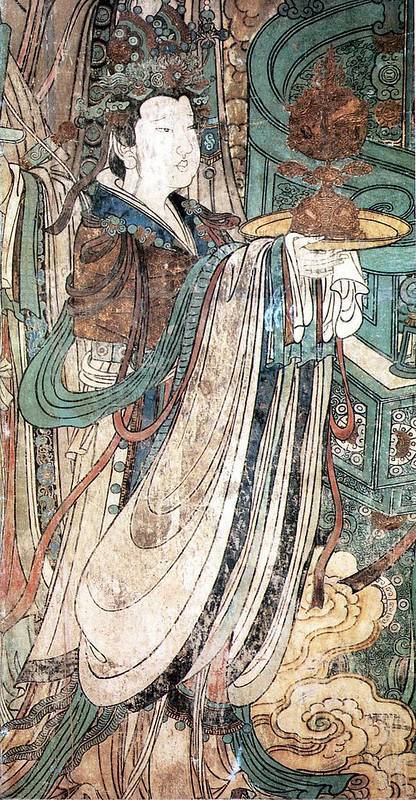
————————
📸Photography post-production :@小何力
👗Hanfu:@雁鸿Aimee
💄 Makeup:百丽 (临溪摄影)
👭Model:@清音音音音
🔗 Weibo:https://weibo.com/1615560544/NDD5YEY5x
————————
#chinese hanfu#hanfu#immortal hanfu#hanfu accessories#chinese traditional clothing#hanfu_challenge#china#chinese#永乐宫/Yongle Palace#漢服#汉服#中華風#taoism#immortal#小何力#清音音音音
398 notes
·
View notes
Text
Water does not resist. Water flows. When you plunge your hand into it, all you feel is a caress. Water is not a solid wall, it will not stop you. But water always goes where it wants to go, and nothing in the end can stand against it. Water is patient. Dripping water wears away a stone. Remember that, my child. Remember you are half water. If you can’t go through an obstacle, go around it. Water does.
Margaret Atwood

461 notes
·
View notes
Text

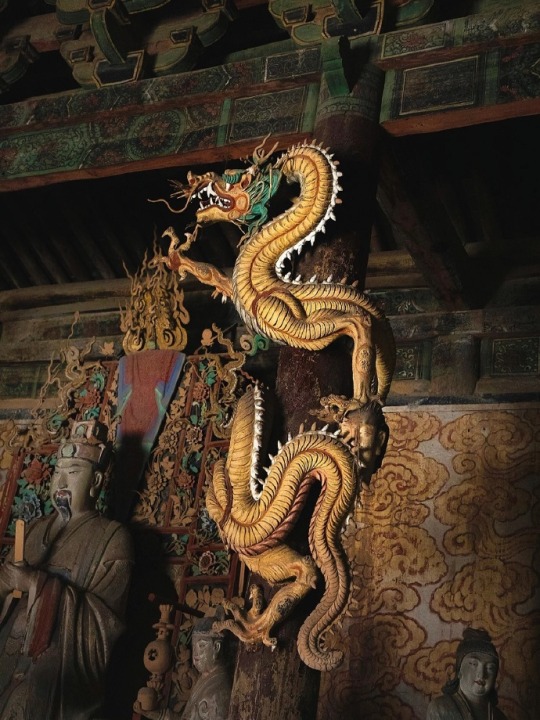

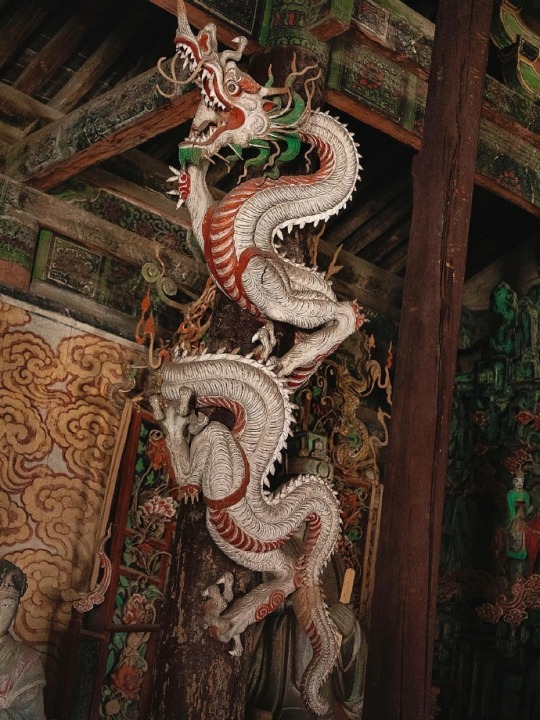

Mythological Realism: Elemental Dragons
Four-color coiled dragons on the pillars of the Supreme Talisman (Taifu) Temple (太符觀).
The dragons are painted in the colors of the primary elements, embodying the archetypal creative forces. In Chinese religious art, almost any concept can be expressed in the language of dragons.) Their children, descendants and relatives frolic on the temple walls among curly clouds.
In view of the striking liveliness, I would classify these images as mythological realism.)
Since its construction in the fifth year of the Jin dynasty (1200), the temple has been repeatedly expanded and supplemented with new buildings over the centuries. Most of the surviving statues are from the Ming dynasty.
The Supreme Talisman Temple is located in Fenyang (汾陽), Shanxi.
Photo: ©故尔耳
#ancient china#chinese culture#chinese art#chinese mythology#ming dynasty#taoist practices#religious art#chinese temple#Taoist temple#taoism#taoist#statue#sculptures#statues#daoism#jin dynasty#dragon#dragons#dragon art#creatures#wood carving#woodworking#temple architecture#wooden architecture#wooden buildings#chinese architecture
367 notes
·
View notes
Text
To give birth, to nourish,
to bear and not to own,
to act and not lay claim,
to lead and not to rule:
this is mysterious power.
--Lao Tzu, Tao Te Ching, trans. Ursula K. Le Guin
266 notes
·
View notes
Text
I love you queer Christians. I love you queer Muslims. I love you queer Jews. I love you queer Hindus. I love you queer Buddhists. I love you queer Sikhs. I love you queer Jainists. I love you queer Taoists. I love you queer Shintoists. I love you Zoroastrians. I love you queer. I love you queer folk religion believers. love you queer pagans. I love you queers from religions I don't even know about. I love you every queer person of every religion and sect and denomination and belief in the world. I love you I love you I love you.
#queer#queer positivity#christianity#islam#judaism#hinduism#jainism#buddhism#sikhism#taoism#shinto#religon#religious#zoroastrianism#pagans#positivity#lgbt#lgbt+#lgbt positivity#lgbt religion#gay religion#gay#queer religion#queer religious#lgbt religious#sorry i couldnt name everyone#but i love u all#i love you i love you i love you#1k
1K notes
·
View notes
Text
Sigh
For the last fucking time, THE JEDI ARE NOT CATHOLIC!
They're not based off of the catholic church, that's just people's fanon interpretation (and it's mostly just people projecting their issues with catholicism onto the Jedi), if you actually take a minute to look up what George Lucas' sources and inspirations for the Jedi, you'll find that he based them off of everything EXCEPT christianity, the inspirations for the Jedi being Japanese and East Asian cultures, Arabic ideas (Jedi may be derived from "Al-Jeddi" which means "Master of the Mystic-Warrior way"), Buddhism, Jewish Mysticism, Samurai Bushido, Shaolin Monks, Hinduism, Qigong, Greco-Roman philosophy and mythology, Sufism, Confucianism, Shinto, and Taoism, the only christianity you might be able to say influenced the Jedi is Methodism, since Lucas was a Buddhist-Methodist
Like yes, you can certainly find Jedi beliefs and practices to be similar or parallel to catholicism and Christianity, I have, but that's on you, that's YOUR interpretation
#i say this as a catholic#wooloo-writes#wooloo writes#star wars#sw#pro jedi#in defense of the jedi#catholicism#jedi#christainity is like the only thing that DIDN’T inspire lucas when he was creating the Jedi#samurai#bushido#shinto#taoism#qigong#shaolin#sufism#greek philosophy#greek mythology#confucianism#jewish mysticism#arabic#jedi and judaism#look i get it#you were traumatized by the catholic church#that sucks#BUT STOP TREATING EVERY RELIGION LIKE THEY'RE CHRISTIANITY
286 notes
·
View notes
Text
PSA - Don't Treat JTTW As Modern Fiction
This is a public service announcement reminding JTTW fans to not treat the work as modern fiction. The novel was not the product of a singular author; instead, it's the culmination of a centuries-old story cycle informed by history, folklore, and religious mythology. It's important to remember this when discussing events from the standard 1592 narrative.
Case in point is the battle between Sun Wukong and Erlang. A friend of a friend claims with all their heart that the Monkey King would win in a one-on-one battle. They cite the fact that Erlang requires help from other Buddho-Daoist deities to finish the job. But this ignores the religious history underlying the conflict. I explained the following to my acquaintance:
I hate to break it to you [name of person], but Erlang would win a million times out of a million. This is tied to religious mythology. Erlang was originally a hunting deity in Sichuan during the Han (202 BCE-220 CE), but after receiving royal patronage during the Later Shu (934-965) and Song (960-1279), his cult grew to absorb the mythos of other divine heroes. This included the story of Yang Youji, an ape-sniping archer, leading to Erlang's association with quelling primate demons. See here for a broader discussion.
This is exemplified by a 13th-century album leaf painting. The deity (right) oversees spirit-soldiers binding and threatening an ape demon (left).

Erlang was connected to the JTTW story cycle at some point, leading to a late-Yuan or early-Ming zaju play called The God Erlang Captures the Great Sage Equaling Heaven (二郎神鎖齊天大聖). In addition, The Precious Scroll of Erlang (二郎寳卷, 1562), a holy text that predates the 1592 JTTW by decades, states that the deity defeats Monkey and tosses him under Tai Mountain.
So it doesn't matter how equal their battle starts off in JTTW, or that other deities join the fray, Erlang ultimately wins because that is what history and religion expects him to do.
And as I previously mentioned, Erlang has royal patronage. This means he was considered an established god in dynastic China. Sun Wukong, on the other hand, never received this badge of legitimacy. This was no doubt because he's famous for rebelling against the Jade Emperor, the highest authority. No human monarch in their right mind would publicly support that. Therefore, you can look at the Erlang-Sun Wukong confrontation as an established deity submitting a demon.
I'm sad to say that my acquaintance immediately ignored everything I said and continued debating the subject based on the standard narrative. That's when I left the conversation. It's clear that they don't respect the novel; it's nothing more than fodder for battleboarding.
I understand their mindset, though. I love Sun Wukong more than just about anyone. I too once believed that he was the toughest, the strongest, and the fastest. But learning more about the novel and its multifaceted influences has opened my eyes. I now have a deeper appreciation for Monkey and his character arc. Sure, he's a badass, but he's not an omnipotent deity in the story. There is a reason that the Buddha so easily defeats him.
In closing, please remember that JTTW did not develop in a vacuum. It may be widely viewed around the world as "fiction," but it's more of a cultural encyclopedia of history, folklore, and religious mythology. Realizing this and learning more about it ultimately helps explain why certain things happen in the tale.
#sun wukong#monkey king#journey to the west#jttw#Erlang#Erlang shen#Buddhism#Taoism#Chinese mythology#Chinese religion
330 notes
·
View notes
Text
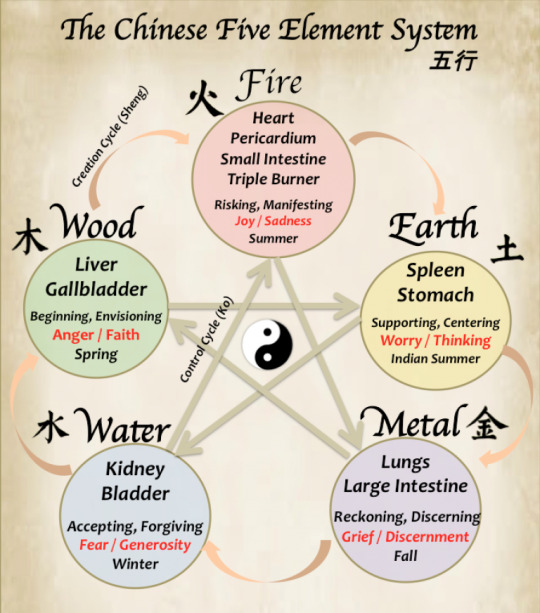
Legends of the humanoids
Reptilian humanoids (5)
Wuxing – the connections between the Five Dragon Kings (Ref) and the Five Elements philosophy
To better understand the origins of the Five Dragon Kings and the ancient Chinese legend, it is worth mentioning the wuxing of natural philosophy, which states that all things are composed of five elements: fire, water, wood, metal and earth.
The underlying idea is that the five elements 'influence each other, and that through their birth and death, heaven and earth change and circulate'.
The five elements are described as followed:
Wood/Spring: a period of growth, which generates abundant vitality, movement and wind.
Fire/Summer: a period of swelling, flowering, expanding with heat.
Earth is associated with ripening of grains in the yellow fields of late summer.
Metal/Autumn: a period of harvesting, collecting and dryness.
Water/Winter: a period of retreat, stillness, contracting and coolness.
The wuxing system, in use since the Han dynasty (2nd century BCE), appears in many seemingly disparate fields of early Chinese thought, including music, feng shui, alchemy, astrology, martial arts, military strategy, I Ching divination, and traditional medicine, serving as a metaphysics based on cosmic analogy.
The wuxing originally referred to the five major planets (Jupiter, Saturn, Mercury, Mars and Venus), which were thought of as the five forces that create life on earth. Wu Xing litterally means moving star and describes the five types of Qi (all the vital substances) cycles through various stages of transformation. As yin and yang continuously adjust to one another and transform into one another in a never-ending dance of harmony, they tend to do so in a predictable pattern.
The lists of correlations for the five elements are diverse, but there are two cycles explaining the major interaction. The yin-yang interaction, which by increasing or decreasing the qualities and functions associated with a particular phase, it may either nourish a phase that is in deficiency or drain a phase that is in excess or restrain a phase that is exerting too much influence (see below):
The Creation Cycle (Yang)
Wood feeds Fire
Fire creates Earth (ash)
Earth bears Metal
Metal collects Water
Water nourishes Wood
The Destruction Cycle (Yin)
Wood parts Earth
Earth dams (or absorbs) Water
Water extinguishes Fire
Fire melts Metal
Metal chops Wood
The Huainanzi (2nd BCE) describes the five colored dragons (azure/green, red, white, black, yellow) and their associations (Chapter 4: Terrestrial Forms), as well as the placement of sacred beasts in the five directions (the Four Symbols beasts, dragon, tiger, bird, tortoise in the four cardinal directions and the yellow dragon.
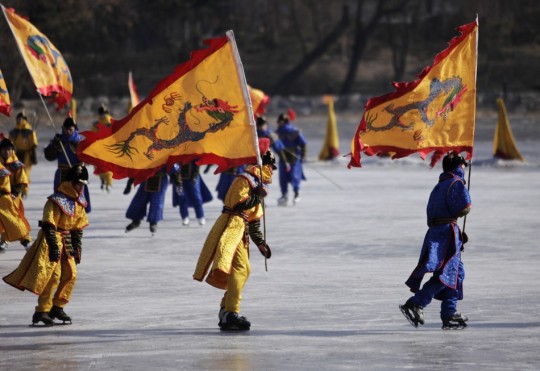
伝説のヒューマノイドたち
ヒト型爬虫類 (5)
五方龍王(参照)と五行思想の関連性
ここで、五方龍王の起源、そして古代中国の伝説をよく理解するために、万物は火・水・木・金・土の5種類の元素からなる、という自然哲学の五行思想について触れておきましょう。 5種類の元素は「互いに影響を与え合い、その生滅盛衰によって天地万物が変化し、循環する」という考えが根底に存在する。
五行は次のように説明されている:
木は、春の豊かな生命力、動き、風を生み出す成長期。
火は、夏の太陽の暖かさの下で行われる成熟の過程、熱で膨張する時期。
土は、晩夏の黄色い野原での穀物の成熟に関連している。
金は、秋の収穫、収集、乾燥の時期。
水は、冬の雪に覆われた暗い大地の中に潜む新しい生命の可能性と静寂の時期。 漢の時代 (紀元前2世紀頃) から使用されてきた五行説は、音楽、風水、錬金術、占星術、武術、軍事戦略、易経、伝統医学など、中国初期の思想の一見バラバラに見える多くの分野に登場し、宇宙の類推に基づく形而上学として機能している。
五行とは文字通り「動く星」を意味し、五種類の気(生命維持に必要なすべての物質)が様々な変容の段階を経て循環することを表している。陰と陽は絶え間なく互いに調整し合い、調和の終わりのないダンスで互いに変化していくため、予測可能なパターンで変化する傾向がある。
五行の相関関係は多様だが、主要な相互作用を説明する2つのサイクルがある。陰陽の相互作用は、特定の相に関連する資質や機能を増減させることで、不足している相に栄養を与えたり、過剰な相を排出したり、影響力を及ぼしすぎている相を抑制したりする (以下参照):
相生(陽)のサイクル
木は燃えて火を生む
火が土 (灰) をつくる
土は金属を産出する
金属は表面に水を集める
水は木を育てる
相克(陰)のサイクル
木は大地を構成する
土は水を堰き止める
水は火を消す
火は金属を溶かす
金属が木を切る
『淮南子』(紀元前2世紀)には、五色の龍(紺碧・緑、赤、白、黒、黄)とその関連性 (第4章: 地の形)、五方位への聖獣の配置(四枢の四象徴獣、龍、虎、鳥、亀、黄龍)が記述されている。
#wuxing#5 dragon kings#5 elements#taoism#yin yang#humanoids#legendary creatures#hybrids#hybrid beasts#cryptids#therianthropy#legend#mythology#folklore#dragon#nature#art
117 notes
·
View notes
Text
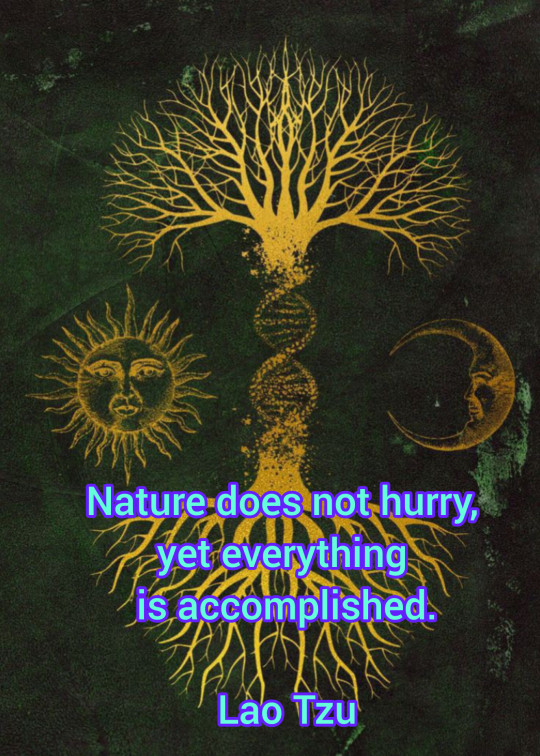
#taoism#tao te ching#tao#lao tzu#ayahuasca#plant medicine#psychoactive substances#consciousness#amazonia#enthogenics#vision#shaman#shamanism#spirituality
240 notes
·
View notes
Text
If you want to become whole, let yourself be partial.
If you want to become straight, let yourself be crooked.
If you want to become full, let yourself be empty.
If you want to be reborn, let yourself die.
If you want to be given everything, give everything up.
-Lao Tzu
#lao tzu#stephen mitchell#quote#peace#calm#stillness#life#wisdom#inner peace#love#happiness#spiritual#tao#tao te ching#taoism#non dualism#non duality#kundalini
740 notes
·
View notes
Text

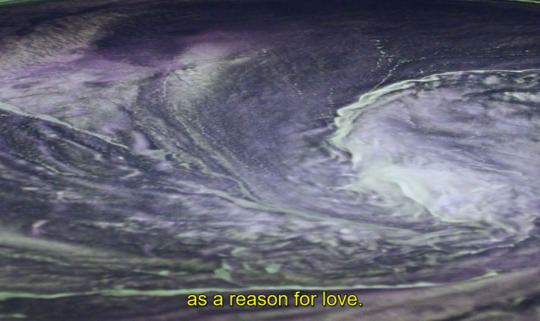
Solaris, (1972)
Dir - Andrei Tarkovsky
#andrei tarkovsky#vhs tapes#andrej tarkovskij#art#a e s t h e t i c#movie quotes#movie scenes#good movie#movie art#movie aesthetic#movies#films#film aesthetic#film stills#film art#cinephile#cinema#asthetic#retro movies#existentialism#taoism#tao#alan watts#scifi#sci fi movies
99 notes
·
View notes